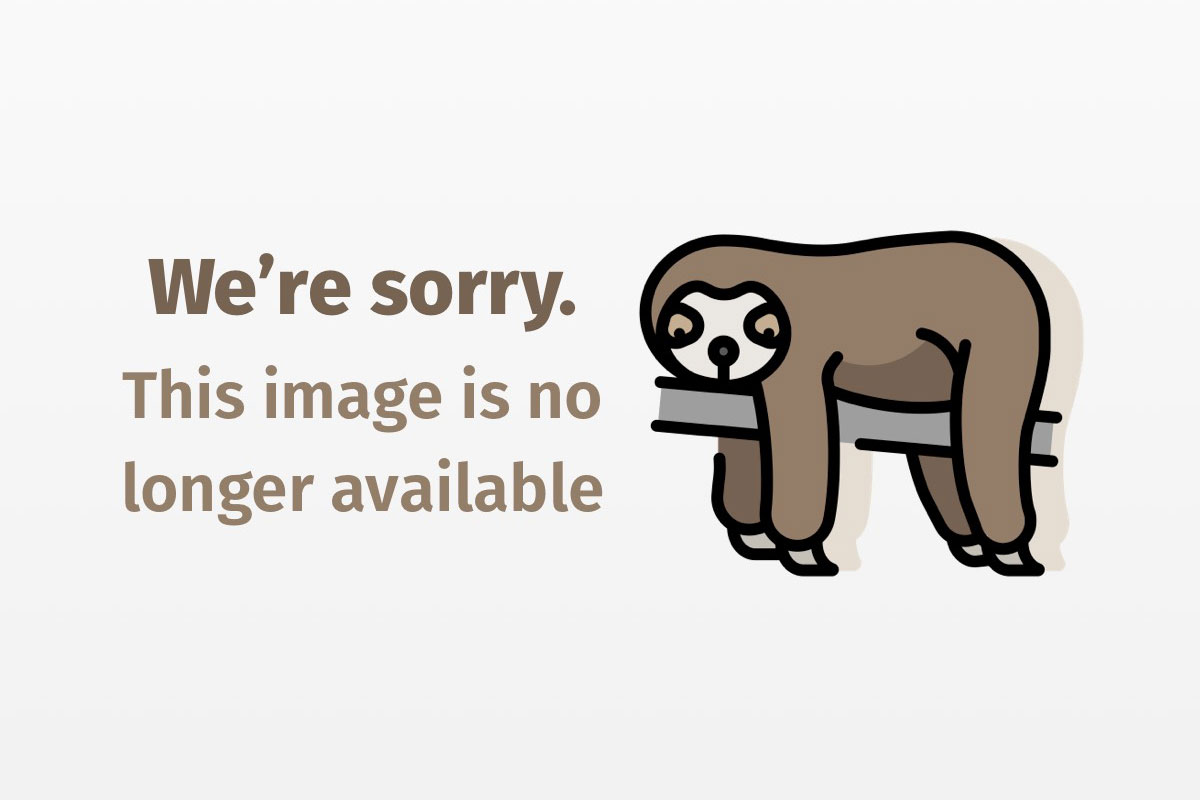Alternative deployment methods, Part 2: The best of both worlds
Add a new trick to your Java application-deployment toolbox In my previous column, I examined the most widely used method of deploying Java client-side applications in enterprise environments — the applet — and presented several reasons for its popularity: the…
Flatten your objects
Discover the secrets of the Java Serialization API We all know Java allows us to create reusable objects in memory. However, all of those objects exist only as long as the virtual machine remains running. It would be nice if…
Talkback: Cell phone etiquette
In Dan Briody’s The Ten Commandments of cell phone etiquette he asks for suggestions for additions. In Dan Briody’s The Ten Commandments of cell phone etiquette he asks for suggestions for additions. Thou can make them below. We’ve updated the…
Linux and Java: What’s the scoop?
Discover the skills you need to program Java on Linux Q: I have two requests: I would appreciate a pointer to a list of Web resources that outline how to integrate Java on the Linux platform. What Unix/Linux knowledge should…
Programming XML in Java, Part 3
DOMination: Take control of structured documents with the Document Object Model The Simple API for XML (SAX) is an excellent interface for many XML applications. It is intuitive, extremely easy to learn, and, as its name implies, simple. Any Java…
JDBC drivers in the wild
Learn how to deploy, use, and benchmark JDBC driver types 1, 2, 3, and 4 Why should you consider Java Database Connectivity (JDBC) drivers apart from the JDBC-ODBC Bridge? What level of JDBC driver is suited for your application? What…
Sun and IBM mend fences, but Java politics cloudy
Although two of Java’s biggest backers — Sun and IBM — have mended fences, the Java community still sees tension over licensing and open standards July 7, 2000 — Sun and IBM this week called a truce to their high-profile…
Java Tip 97: Add drag and drop to your JTrees
Improve JTree usability with drag and drop Implementing drag and drop lets users manipulate data with simple mouse movements and can mean the difference between an efficient or cumbersome application. Unfortunately, one of the more useful and powerful GUI components,…
Using the if-then-else framework, Part 3
Enhance the framework to support large-scale projects The if-then-else framework is a tool for coding complex branching logic in a maintainable way. In the first two parts of this series, I described how to use the framework in a simple…
XSL gives your XML some style | InfoWorld
Use XSL and servlets to style your XML data Wow, you’ve come so far. A year ago you didn’t know what XML was, but now it’s everywhere. You’re storing XML in databases and using it in middleware, and now you…






